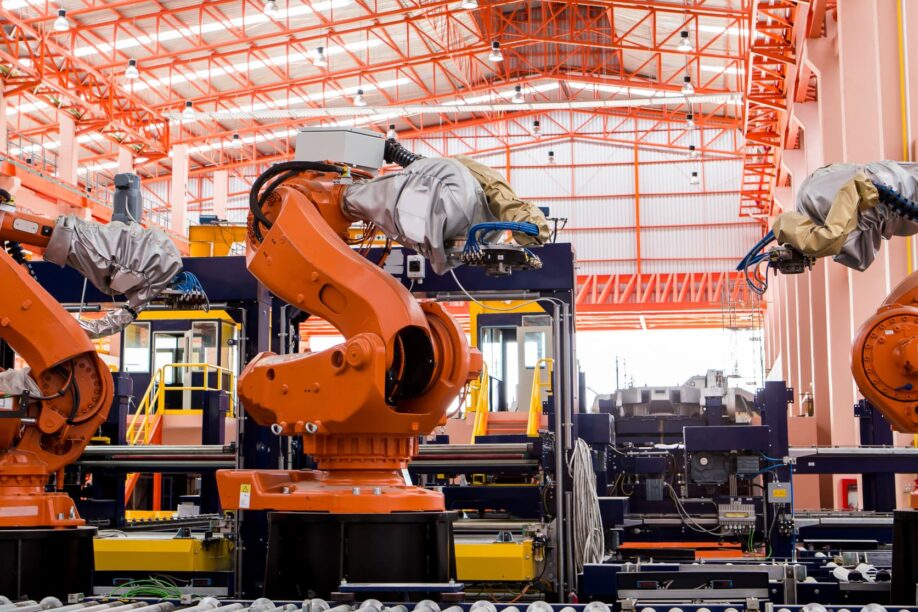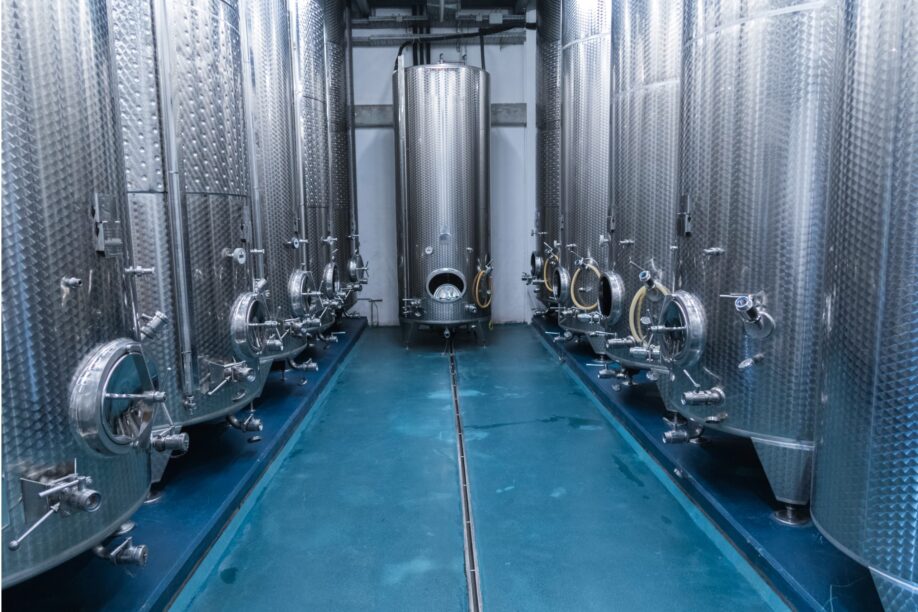R & D Tax Credits
The R&D tax credit schemes are designed to boost innovation, productivity, and competitiveness for UK companies.
TL;DR Summary
R&D tax credits are UK government incentives designed to encourage company investment in innovation across various sectors. Two primary schemes exist: the SME R&D Relief for smaller companies, allowing enhanced deductions and potential cash credits, and the Research and Development Expenditure Credit (RDEC) for larger firms, offering a taxable credit. Eligibility hinges on limited company status, being a going concern, and undertaking projects seeking advancements in science or technology by resolving uncertainties. Qualifying expenditures include staff costs, software, materials, utilities, and subcontracted R&D, with specific rules for each category. Case studies illustrate successful claims across diverse industries, and FAQs clarify eligibility criteria and scheme specifics.
What are Research and Development Tax Credits?
R&D tax credits are a government incentive designed to encourage companies to invest in innovation. The scheme allows companies to deduct a proportion of their qualifying R&D expenditure from their yearly profit, or to claim a tax credit if the company is making a loss. The R&D tax credit schemes are designed to boost innovation, productivity, and competitiveness for UK companies across various sectors, including manufacturing, technology, engineering, and life sciences.
There are two main R&D tax credit schemes in the UK:
Small or Medium-sized Enterprise (SME) R&D Relief:
This scheme allows SMEs to deduct an extra 130% of their qualifying costs from their yearly profit, as well as a payable tax credit if the company is loss-making.
Research and Development Expenditure Credit (RDEC):
This scheme is for larger companies and allows them to claim a reimbursable tax credit of up to 13% of their qualifying R&D expenditure.
If your company carries out research and development, you may be eligible for tax incentives through one or both of these schemes. Limited companies spending money trying to develop a new process, material, device, product or service, or making significant improvement to existing ones, may be entitled to claim.
FIND OUT IF YOU'RE ELIGIBLER&D Qualifying Criteria
- You have to be a limited company.
- Your limited company has to be a going concern.
- You have to be undertaking a project that is trying to seek an advance in science or technology, through the resolution of scientific or technological uncertainty.
Staff Costs and R&D Tax Relief
Staff costs are often one of the largest areas of expenditure for companies undertaking R&D projects. As such, they represent a significant portion of potential R&D tax relief claims.
It’s essential to understand the specific rules and requirements to ensure staff costs are properly claimed.
Staff Costs
Paying employees is often one of the largest areas of expenditure in R&D. The staff costs that qualify include: Salaries (including wages, overtime and bonuses); Employers National Insurance and Pension contributions; Out of Pocket expenses incurred for R&D (such as travel and subsistence costs)
There are some specific exclusions from qualifying staff costs, benefits of employment such as private medical and health insurance and company cars. The other big exclusion particularly relevant to SMEs is directors’ dividends. It should also be noted that you can only claim for staff salaries as a proportion of their time spent on activities that directly contribute to the R&D process and to those qualifying indirect activities that support the R&D process. So if an employee spends 50% of their time working on R&D projects, 10% of their time on qualifying indirect activities and the rest of their time on normal day-to-day operations, you can only claim against 60% of their salary.
Software
If you need a specific piece of software for your R&D work, you can include this as a part of your claim. Once again, the use of the software should be apportioned. If the software is used for other parts of your operational activities unrelated to R&D, you should only claim for a reasonable apportionment. If you have to build software to support your R&D and that software is not R&D itself, you can still claim for the creation of the software as it will be a qualifying indirect activity.
Consumed Materials
Some Research and Development requires the production of samples or proof of concepts, where materials have been consumed or transformed and cannot be reused in further R&D or in commercial activity and the proof of concept is not going to be sold, the company can claim for the materials that have been consumed.
Consumed Utilities (Heat, Light, Water and Power)
R&D Projects consume a lot of utilities, a reasonable apportionment of these costs can be included in your R&D claim. The reasonable apportionment for utilities, may be a completely different calculation to the reasonable apportionment of software costs.
Externally Provided Workers
Externally provided workers (EPWs) are those working in your business who are not directly contracted by your company. This can include agency workers, individual contractors, and other freelancers.
EPWs work under your supervision and control as a part of a qualifying R&D project. Once again it should be noted that only the relevant level of expenditure can be claimed against if the EPW carries out non-R&D-related work for you.
Subcontracted R&D
It may be the case that you have subcontracted a specific aspect of your R&D work to a specialist company. For example, in technology, if you had contracted a specialist company to carry out work on a specific module on your behalf – this counts as subcontracted R&D work.
As with staff costs above, you must apportion the correct amount of time that was spent conducting R&D work. Also only small and medium sized companies can claim for work that they subcontract out that supports the R&D. The subcontracted work doesn’t have to be RD in its own right.
Subjects of Clinical trials
Clinical trials can be a very important aspect of R&D work in the medical and pharmaceutical fields, and the costs for the subjects in these trials can be claimed against.
Contributions to Independent Research
These are payments generally made by large companies to other organisations to support their R&D projects, this might be to charities such as Cancer Research or to a University. The rules stipulate that the recipient must be carrying out research relevant to your industry and must be a qualifying body, such as a scientific research body, a charity or a university. You can only claim for Contributions to Independent Research under the RDEC Scheme.
Qualifying Indirect Activities
These are activities which form part of a project but do not directly contribute to the resolution of the scientific or technological uncertainty. They are generally additions to staff time, but could be provided by third parties. They are:
scientific and technical information services, insofar as they are conducted for the purpose of R&D support (such as the preparation of the original report of R&D findings);
indirect supporting activities such as maintenance, security, administration and clerical activities, and finance and personnel activities, insofar as undertaken for R&D;
ancillary activities essential to the undertaking of R&D (e.g. taking on and paying staff, leasing laboratories and maintaining research and development equipment including computers used for R&D purposes);
training required to directly support an R&D project;
research by students and researchers carried out at universities;
research (including related data collection) to devise new scientific or technological testing, survey, or sampling methods, where this research is not R&D in its own right; and
feasibility studies to inform the strategic direction of a specific R&D activity.
R&D Case Studies

Dev Subatra - Founder, Fidel
Fidel Limited – Fintech Loyalty Rewards Technology – saved £50k+
This was a complex development project that involved an extensive and expensive collaboration with Visa and Mastercard to connect to their data feed. The API needed to be compliant with the PCI framework – the Payment Card Industry Data Security Standard.
Read the Full Case Study
Max Windheuser - Director, Evinox Energy Ltd
Evinox Energy Ltd – Heating Systems – Saved £140k+
There were several separate projects making up claims for R&D tax relief. One of these was the development of an improved heat interface unit. It was designed to be a combined boiler and tank, with connections to a wider system for heating multiple occupancy accommodation.
In its new design the company sought to improve the efficiency and unit cost of manufacture by introducing a new efficient pump, developing new (and less) control valves, as well as an intuitive ViewSmart Room Controller, that incorporated their own PaySmart pre-payment technology, to allow for centralised reporting and billing.
Read the Full Case Study
Ben Turney - CEO, Teathers
Teathers Financial Software Limited – Fintech Investment App – saved £79k
Teathers research and development work was based around innovative software development (Software as a Service – SaaS) and a new private investor experience concept.
The Teathers App is an execution-only platform. When an AIM-listed company raises money, “onboarded” users of the Teathers App have the opportunity to get involved.
Users are onboarded by downloading the iOS or Android app and completing an account application process. This sets up an execution-only brokerage account with Shard Capital.
Read the Full Case Study
Richard Moore - MD, The Source
The Source – Subterranean Skatepark – saved £26k
The skate park build was very complex and needed a great deal of scientifi c construction research before it could go ahead.
The site dates back to the 1800’s and had been derelict for approximately 18 years. It was originally a swimming pool that also had (and still does have) a full basement of water. The whole footprint of the building is part of a natural stream and water from the roads drain down into the space.
This creates a marine environment. Calculations were required for understanding how timber ramps would expand and contract with the humidity, for example.
Read the Full Case Study
Andy Johnson - Director, Cosmarida Limited
Cosmarida Limited – Cosmetics Manufacturer – Saved £49k
Cosmarida work in an industry where formulation development is an ongoing R&D process. The skincare and toiletries products are constantly being refreshed with new fragrances and
active ingredients.
Despite working to a “brief” from their customer for most product developments, the company were able to qualify for the SME tax relief scheme because the brief was vague. Cosmarida had to experiment with different combinations of fragrances and ingredients to produce a number of samples and make multiple changes to get customer approval. Even then the R&D work isn’t finished.
Scaling up from a small 100ml pot to a 1,000 litre test batch and then a 10,000 litre first production batch, still represent significant challenges. As well as the product manufacturing, the company has also designed and built machines for unique packaging requirements.
Read the Full Case StudyResearch and Development Tax Credits FAQs
Does my business qualify for the SME or Large Company Scheme?
The Small to Medium Sized Entity Scheme is for companies employing up to 500 people with either an annual turnover not exceeding €100 (£86) million or a balance sheet not exceeding €86 (£74) million.
The company must be carrying on a trade, or be a new trade arising from the outcome of a Research & Development Project. The company must be undertaking research and development for their own benefit and not as a subcontractor.
The large company scheme has been replaced by the Research and Development Expenditure Credit (RDEC)The large company scheme was available to companies not meeting the criteria for the SME scheme up until 31 March 2016.
Am I eligible for Research & Development Tax Credit?
Your company may be eligible to claim if an R&D Project “seeks to achieve an advance in overall knowledge or capability in a field of science or technology through the resolution of scientific or technological uncertainty.”
Your company must be incorporated and liable to pay Corporation Tax to be eligible for R&D Tax Relief or Tax Credit.
This list is not exhaustive, but sectors likely to be able to claim include Clinical Research, Communications & Media, Construction, Cosmetics, Defence, Engineering, Information Technology Manufacturing, Motorsport, Pharmaceuticals, Product Design and Software Development.
Other industries which may be able to claim include, Agriculture, App Development, Architects, Banking, Brewing, Electronics, Environmental Management, Food Processing, Testing, Training and Transport.
An initial consultation with one of our Tax Relief experts costs nothing.Give us a call to find out if your business is eligible for any R&D Tax Incentives.
What is the Research & Development Expenditure Credit (RDEC)?
The Research & Development Expenditure Credit was introduced in 2013 to further encourage large companies to invest in R&D. RDEC has extended the reach of the Large Company scheme by enabling those who have made a qualifying loss to still submit a claim.
The Credit under RDEC is accounted as income in a company’s profit and loss. The (recently improved) 12% rate (effective 1 January 2017) translates into a net relief of 9.72% after tax.
If your company makes a loss, RDEC allows you to claim the 9.72% as a cash sum, so long as you have no other outstanding taxes due to HMRC and you have paid PAYE and NI contributions for staff involved in R&D in excess of the amount of the repayment.
To find out if your business is eligible for RDEC contact our tax relief specialists today.
SME subcontracting – can I make a tax credit claim?
As an SME if you are subcontracting out R&D work to a subcontractor you can still include these costs on your Tax Credit Relief claim (RDEC). This is regardless of whether your subcontractor is an SME, large company, individual, or qualifying body.
If you are an SME carrying out R&D work for a large company you may also be able to claim under the RDEC scheme.
Research & Development Expenditure Credit
The Research & Development Expenditure credit which is available to companies who don’t meet the criteria of an SME and to SME’s who have been subcontracted to by Large or International companies has recently been improved by the Conservative government. And the coalition government before that legislated for its creation and for the last improvement in the SME Scheme.
How We Help
At Cooden Tax Consulting we help limited companies that are advancing the state of their industry and investing in innovation to maximise the use of the tax incentives available. Your R&D Tax Relief claim can be received as a cash payment, reduce corporation tax, or increase taxable losses.
The average R&D tax credit claim for SMEs is around £55,000, but many eligible businesses are still failing to claim.
There are over 500 pages of guidance for putting in an R&D Tax Credits claim, but our team of experts specialise solely in Technology Tax Reliefs, including the Research & Development Tax Credit and the newly legislated creative industry reliefs.

Book an Initial Consultation
An initial consultation to explore whether you may be eligible costs nothing.
The money you could be entitled to claim has the potential to transform your project, your cash flow and your company.







